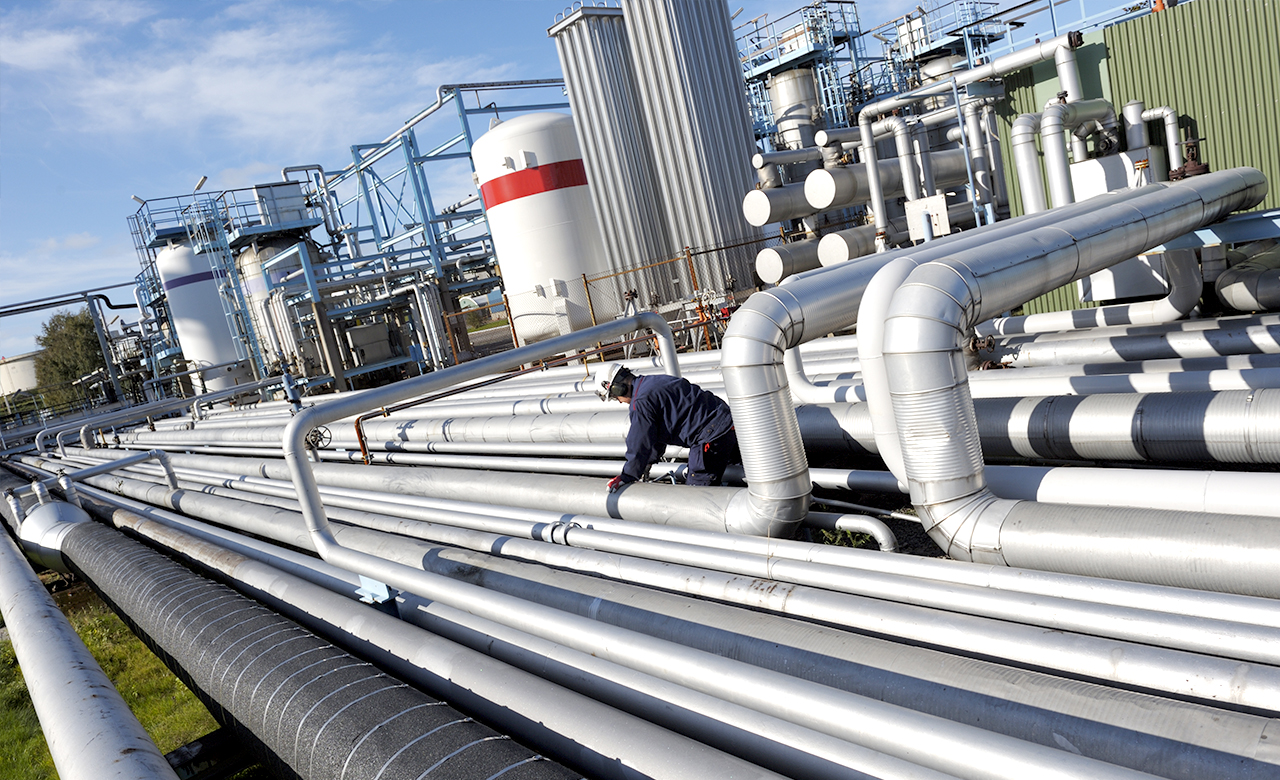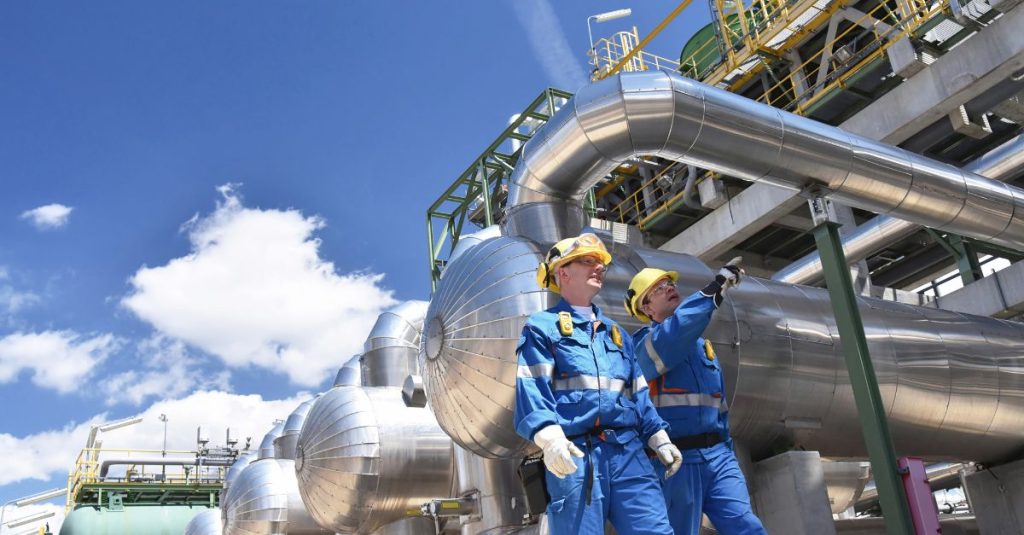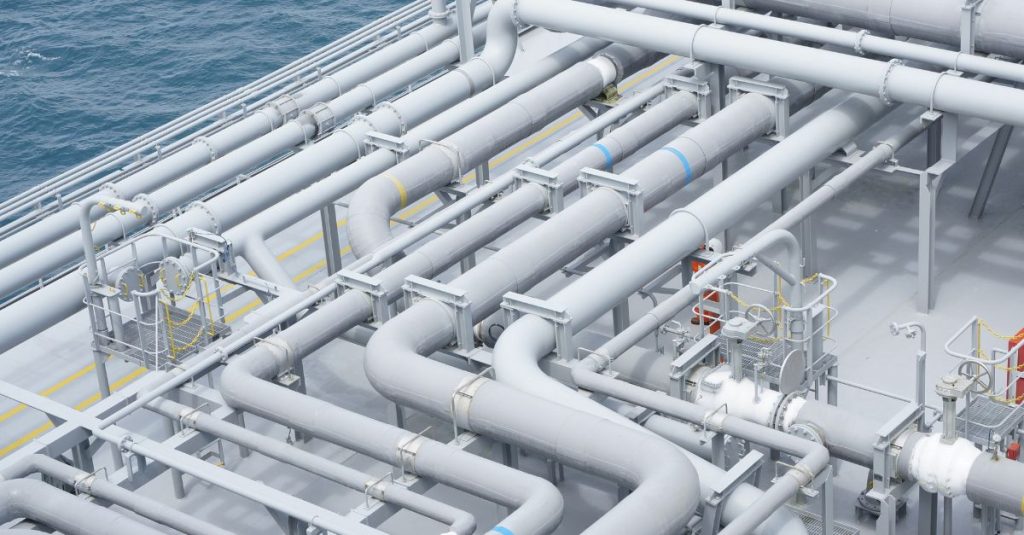
Introduction
Utility asset networks are varied and geographically dispersed and optimizing asset management is vital to support planning, engineering, operations, construction, maintenance and customer care functions that ensures smooth delivery of gas to customers. A effective asset management strategy increases the asset lifespan, minimizes breakdowns, and helps utilities avoid network disruptions. It is also vital to ensure public safety, environmental protection, and the uninterrupted supply of energy.
Some examples of utility assets for a gas company are Gas Pipelines, Compressor Stations, Metering and Regulating Stations, Storage Facilities and Monitoring & Control Systems. Monitoring and maintaining every asset within the network is critical to ensure safe, reliable, and efficient delivery of natural gas to consumers while minimizing risks.
However, the operation of such assets comes with its fair share of challenges, including the potential for leakage and bursting, which can have devastating consequences for both the environment and public safety.
Geographical information system (GIS) plays increasingly crucial roles in managing complex modern utility infrastructure networks, the need for quality and integrity of asset location data becomes ever more vital for efficient, cost-effective, and safe asset management. Accurate location data can also be key to unlocking the full capabilities of a digital twin and smart technologies to optimize a utility’s performance.

THE POWER OF GIS: A TRIPLE-EDGED SWORD
GIS plays a multifaceted role in gas distribution asset management, acting as a three-fold tool that empowers utility companies to maintain a robust system of records, facilitate a system of engagement, and derive insights that drive proactive decision-making.
- Firstly, GIS serves as a robust system of records, meticulously documenting every aspect of the pipeline network, from asset infrastructure details to maintenance history. This comprehensive spatial database ensures complying with safety and regulatory requirements, optimizing operational costs, and managing emergency response planning.
- Secondly, GIS acts as a dynamic system of engagement, facilitating seamless communication and collaboration among stakeholders like field crews, emergency responders, and regulatory agencies. Real-time access to interactive maps and data on mobile devices enhances operational efficiency and situational awareness. .
- Lastly, GIS unleashes insights that drive proactive decision-making. By analyzing spatial relationships, GIS predicts vulnerabilities, optimizes maintenance, and averts potential risks, contributing to a safer and more resilient gas pipeline system. Yet, harnessing this power requires careful consideration of data privacy, security, and ethical concerns, ultimately transforming GIS into a transformative tool for a sustainable energy future.
1. System of Records – Every Asset Counts
A system of records is the foundation of effective asset infrastructure management for utilities. Accurate and up-to-date geospatial information about the network, including its location, diameter, material, age, and maintenance history, is critical for both routine maintenance and emergency response. GIS enables utility companies to create a comprehensive digital representation of their assets, making it easier to track changes, manage data, and ensure regulatory compliance.
By offering a holistic view of the entire network, GIS ensures precise asset tracking and monitoring. Companies can easily locate and assess the condition of their assets, facilitating efficient maintenance planning, predictive maintenance strategies, and optimal resource allocation. This level of accuracy enables the decision makers with informed decisions about equipment replacement, upgrades, and long-term investment strategies.
Case Study: The City of New York
The City of New York has one of the oldest and most complex gas pipeline networks in the United States. An aging gas infrastructure in New York City is causing an increasing number of gas leaks and service disruptions, and low-income residents are being hit the hardest. With GIS, the city’s utility companies have been able to create detailed maps of their pipeline systems, complete with information about nearby infrastructure, population density, and potential environmental risks. When Hurricane Sandy struck in 2012 or the Ida in 2021, this detailed spatial information helped responders quickly locate vulnerable sections of the gas network and prioritize repairs, minimizing potential gas leaks.
2. System of Engagement – Connecting and Collaborating
GIS operate as a dynamic System of Engagement, enabling effective communication, collaboration, and interaction. By providing interactive maps, geospatial data visualization tools, and web-based applications, GIS bridges the gap between various stakeholders, from field crews and engineers to management and regulatory authorities. This real-time access to geospatial information fosters seamless coordination during tasks like maintenance, repairs, and inspections. Field personnel can access real-time maps on their mobile devices, facilitating on-site decision-making and enhancing operational efficiency.
GIS also facilitates communication with external partners, such as emergency responders and regulatory agencies, by sharing critical information regarding asset locations, potential hazards, and emergency plans. This collaborative approach not only accelerates response times but also enhances situational awareness and strengthens relationships among stakeholders, ultimately contributing to streamlined operations and improved safety.

Case Study: The City of Calgary
The city’s Energy Management and Sustainable Operations department employed GIS to vigilantly oversee its expansive natural gas distribution network, which serves residences, businesses, and facilities. GIS is harnessed to monitor real-time data on gas pressure, flow rates, and other operational metrics, swiftly identifying deviations that might indicate a potential gas leak. By integrating spatial data with information about land use, population density, and environmental conditions, the city assesses potential risks and prioritizes areas needing immediate attention. Moreover, predictive models leverage historical data and environmental factors to anticipate potential gas leak-prone zones, enabling proactive maintenance. Public awareness is also bolstered through GIS-based communication, where transparent and accurate information empowers residents to act prudently in gas-related emergencies.
3. System of Insights – Empowering Data-Driven Decision Making through GIS Analytics
Turning data into actionable insights is perhaps the most valuable aspect of GIS in pipeline management. Through GIS, utility companies gain valuable insights into the intricate relationships between pipeline infrastructure, environmental factors, and demographic trends. Advanced spatial analytics enable the identification of potential vulnerabilities, such as areas prone to corrosion or geological hazards.
These insights facilitate proactive decision-making, optimizing maintenance schedules, resource allocation, and risk mitigation strategies. GIS as a System of Insight transcends mere data visualization, empowering utility companies with a comprehensive understanding of their pipeline network’s intricacies, thus fostering informed actions that fortify the robustness and safety of the gas distribution system.

Case Study: The City of Edmonton, Alberta, Canada The City of Edmonton, situated in Alberta, Canada, demonstrates the efficacy of Geographic Information Systems (GIS) as a System of Insight in its gas pipeline management endeavours. Faced with the task of maintaining a secure and dependable gas distribution system, the city employs GIS-driven spatial analysis to detect potential risks. By integrating diverse data sources encompassing pipeline attributes, geological features, soil types, and historical incidents, GIS aids in identifying vulnerable areas. Furthermore, GIS-facilitated insights inform decision-making, emergency preparedness, and regulatory compliance, underscoring how Edmonton harnesses GIS as a powerful tool to enhance its gas pipeline management practices and ensure the safety of its community.
How can RMSI help you with Enterprise Asset Data Management?
RMSI is a trusted partner in end-to-end enterprise asset data management with more than three decades of experience in the field. With our expertise in data collection, integration, analysis, visualization, and technology implementation, we enable organizations to streamline their asset management processes and optimize performance though a host of proprietary technologies. By leveraging accurate and reliable asset data, utility companies can make data-driven decisions, enhance maintenance strategies, improve asset utilization, and ensure regulatory compliance. RMSI’s comprehensive solutions contribute to maximizing the value of enterprise assets and driving operational excellence.